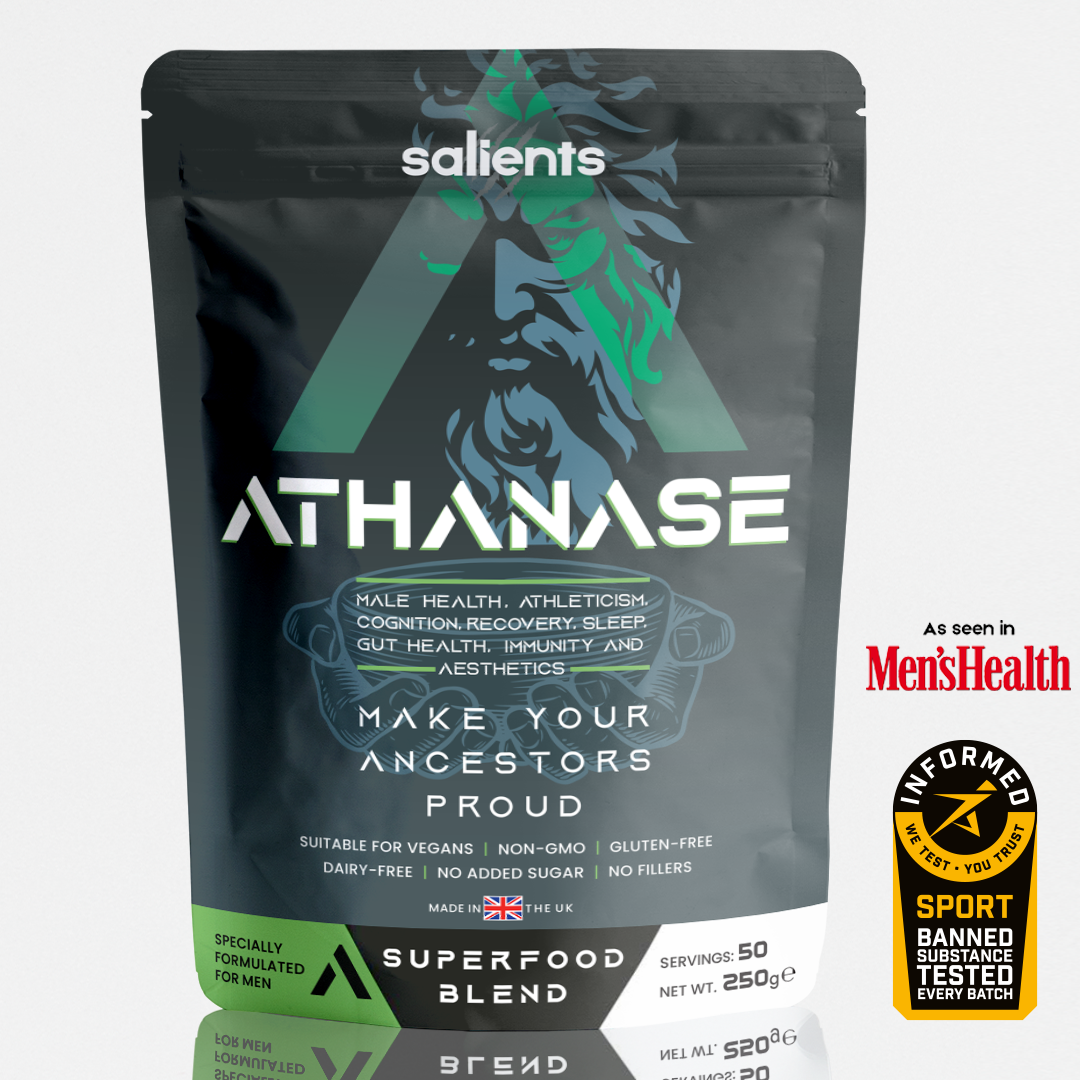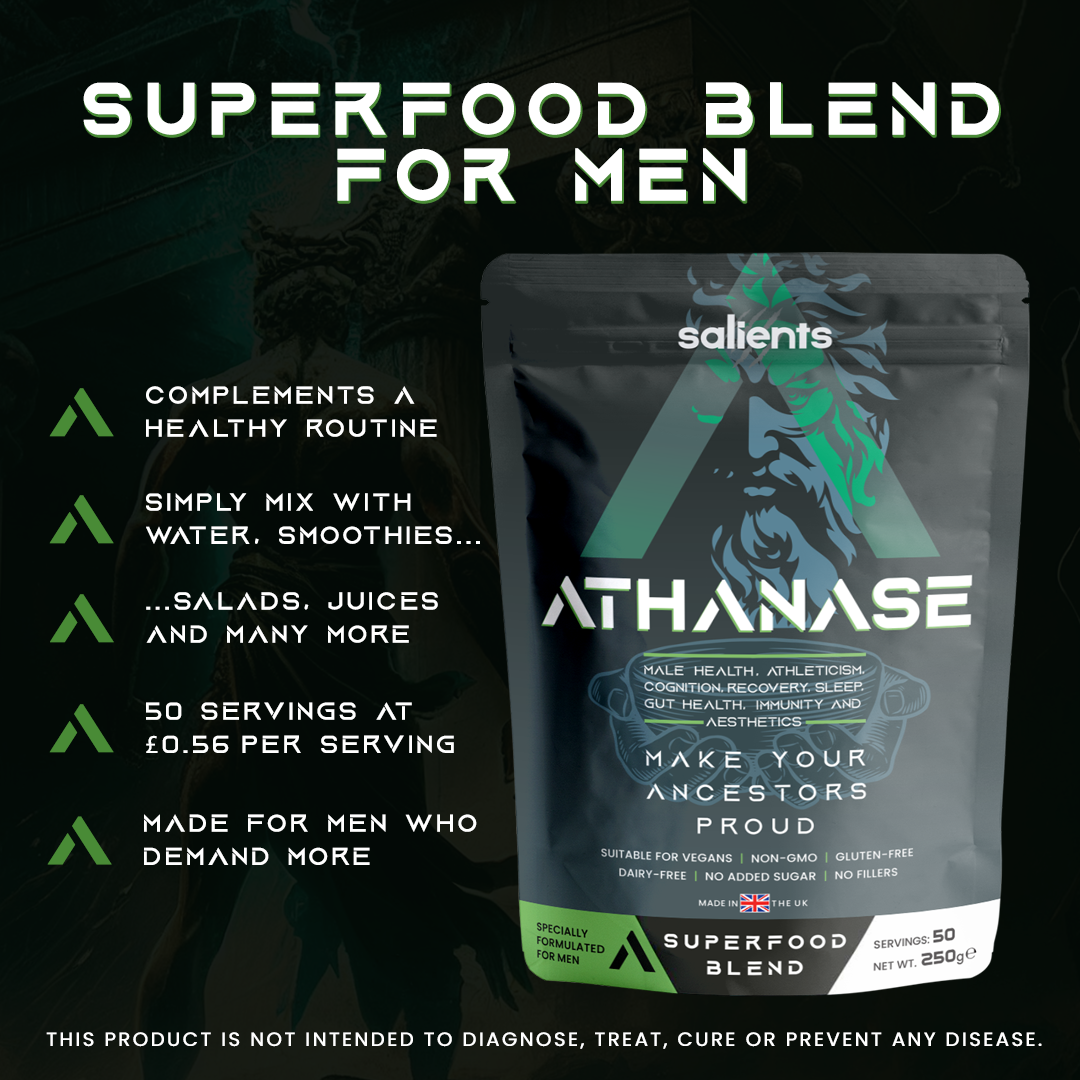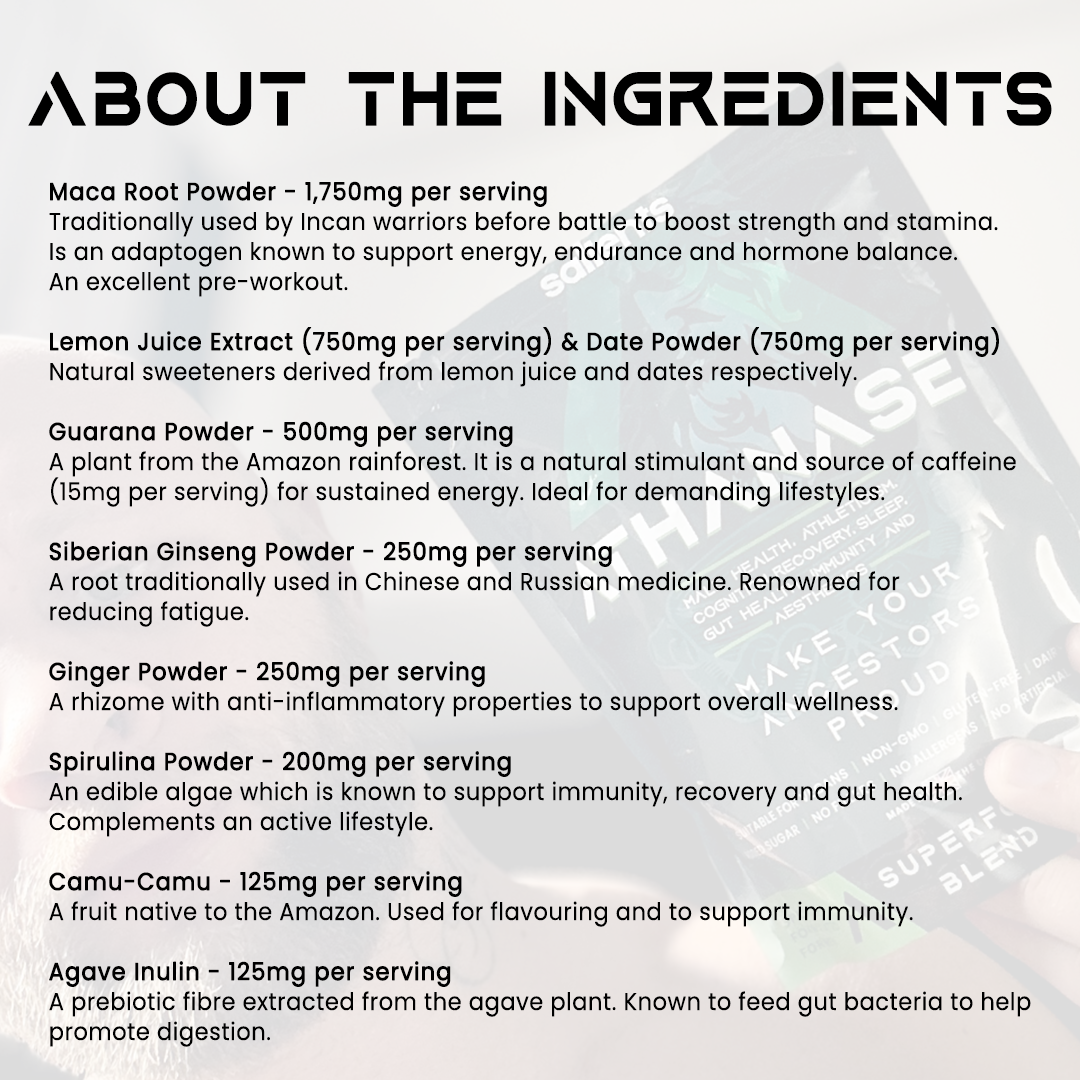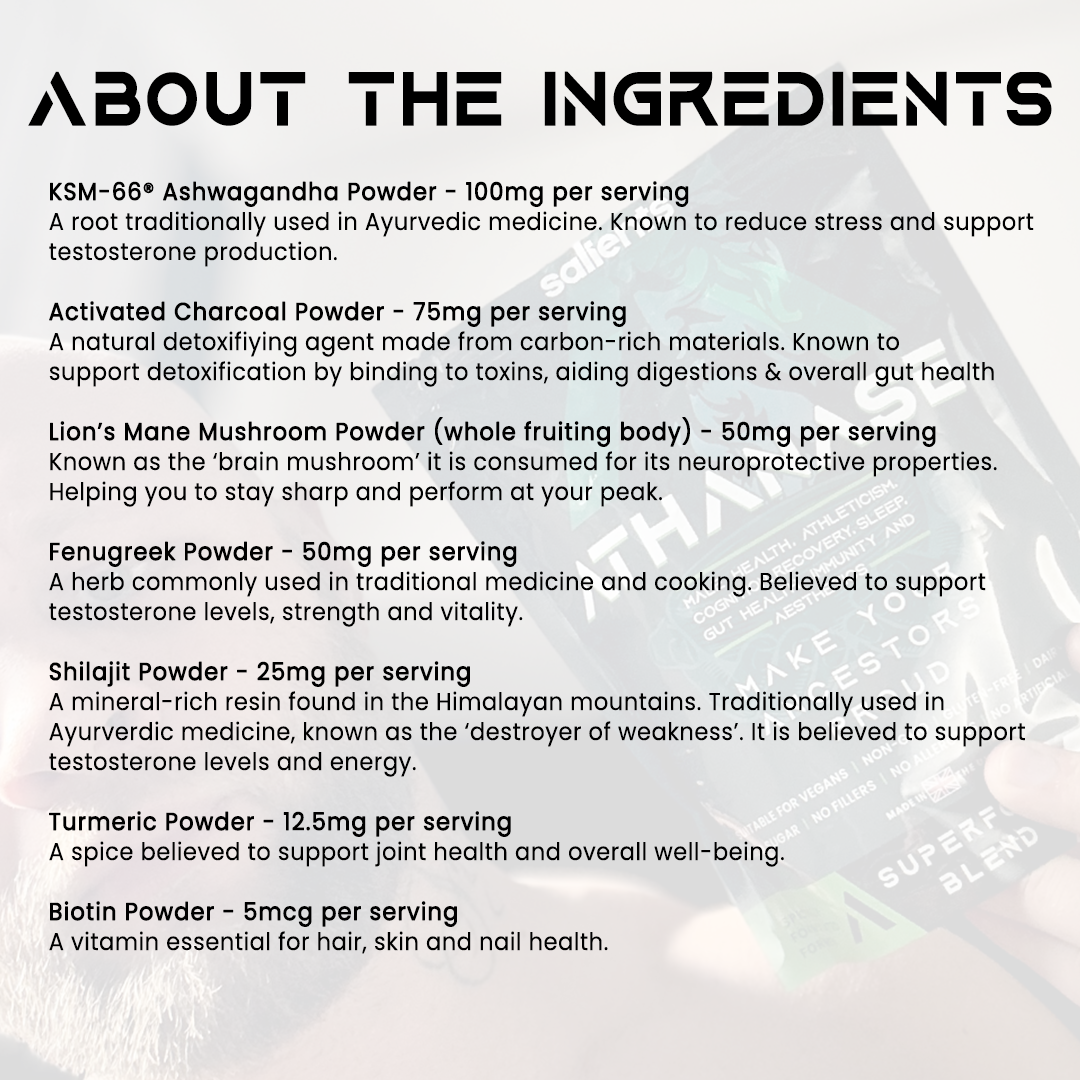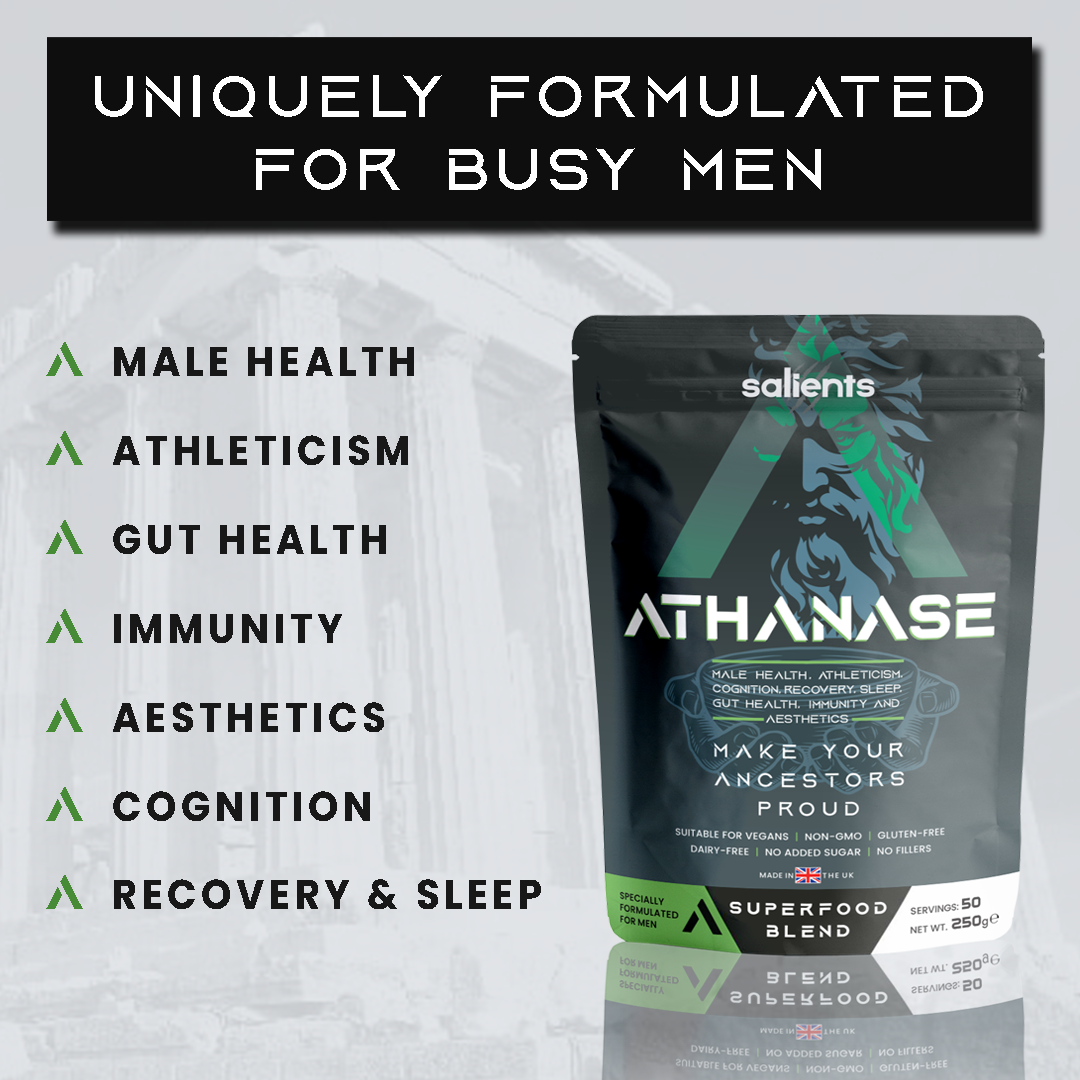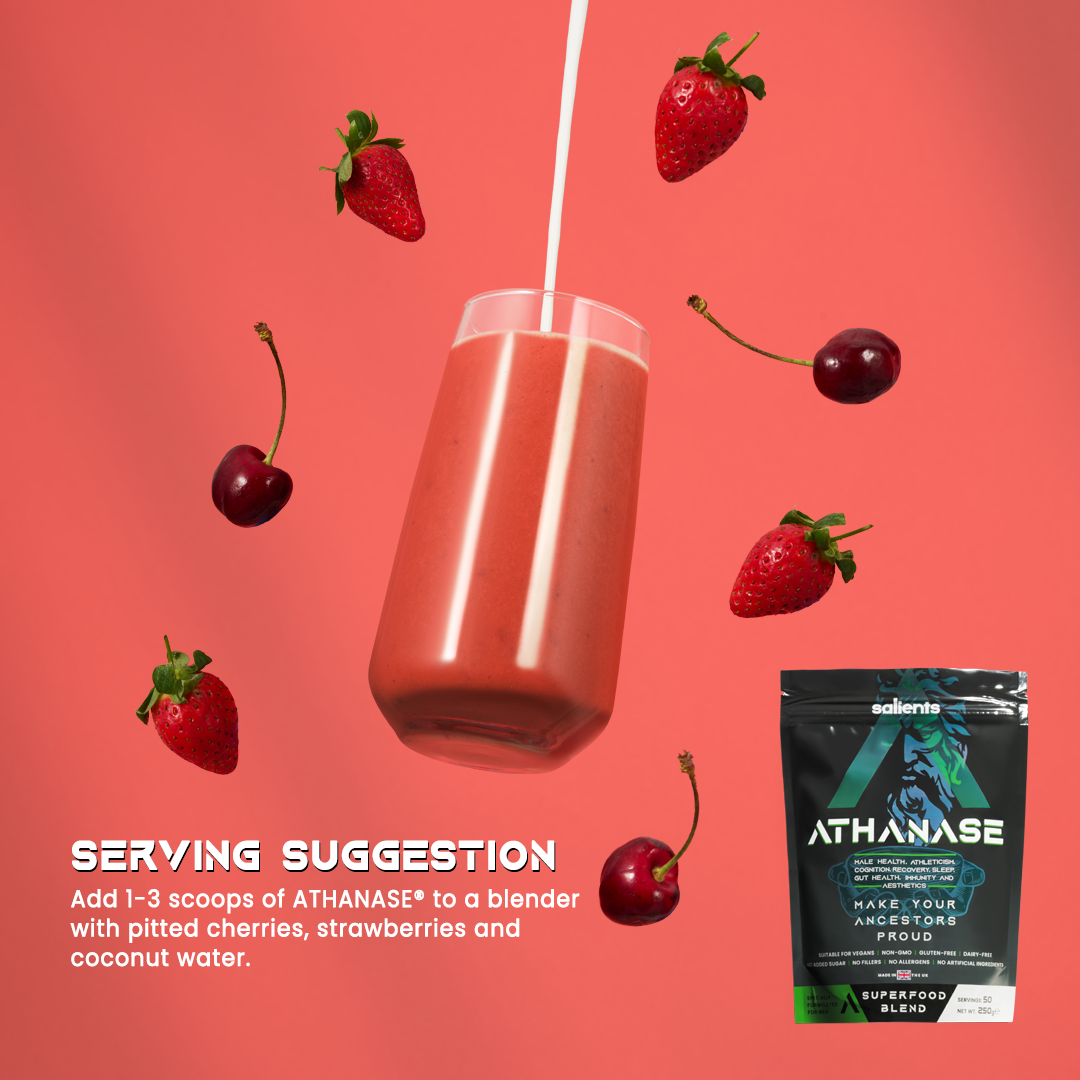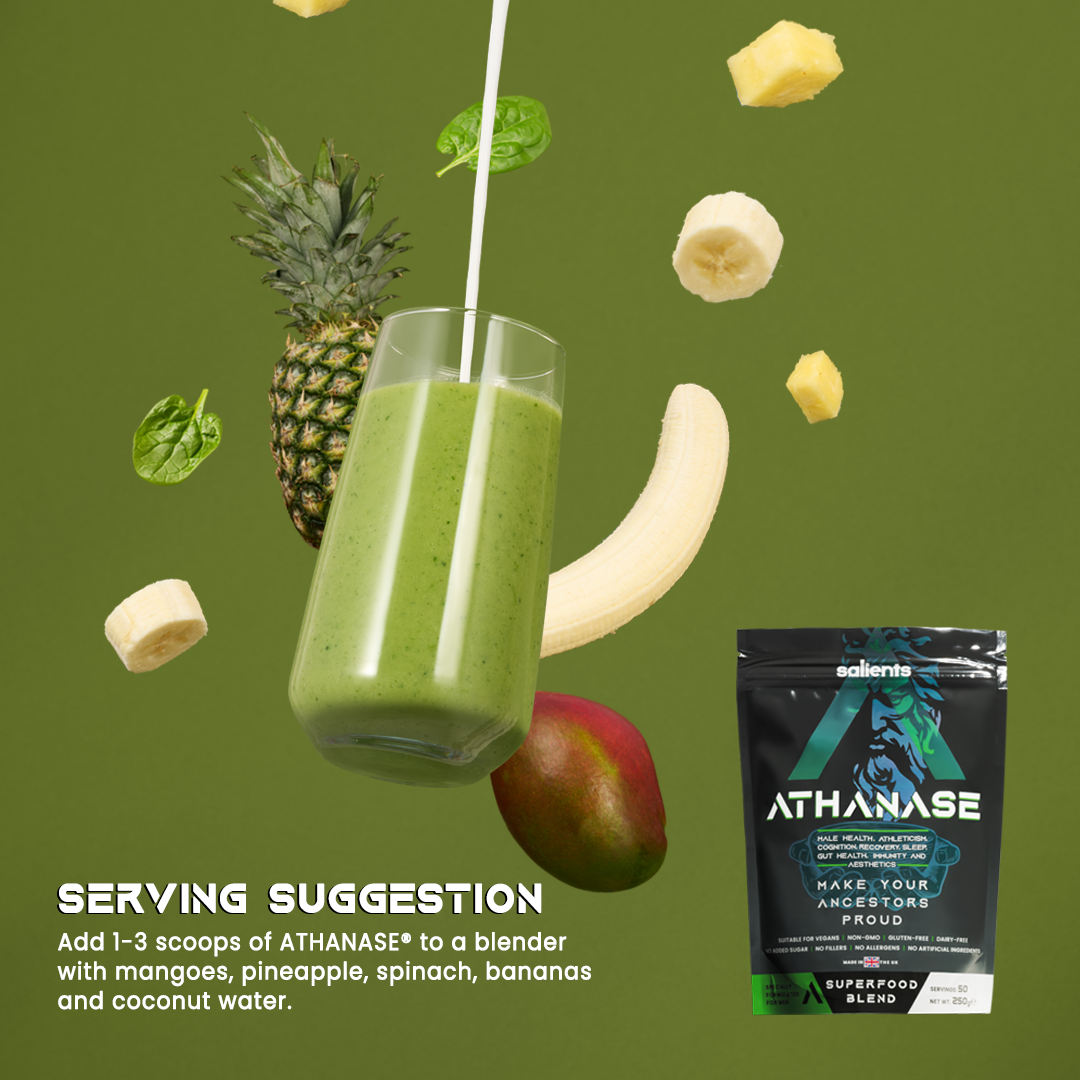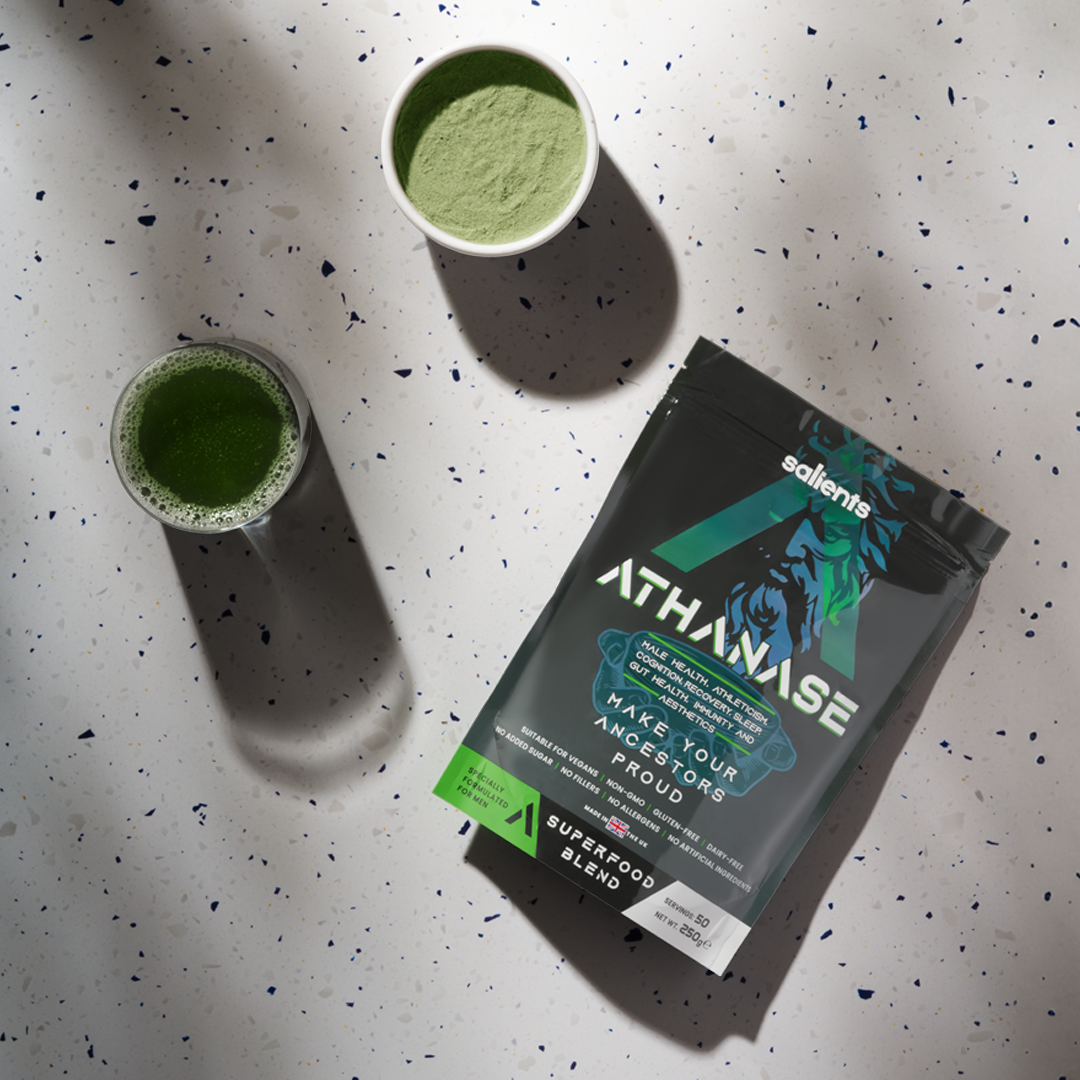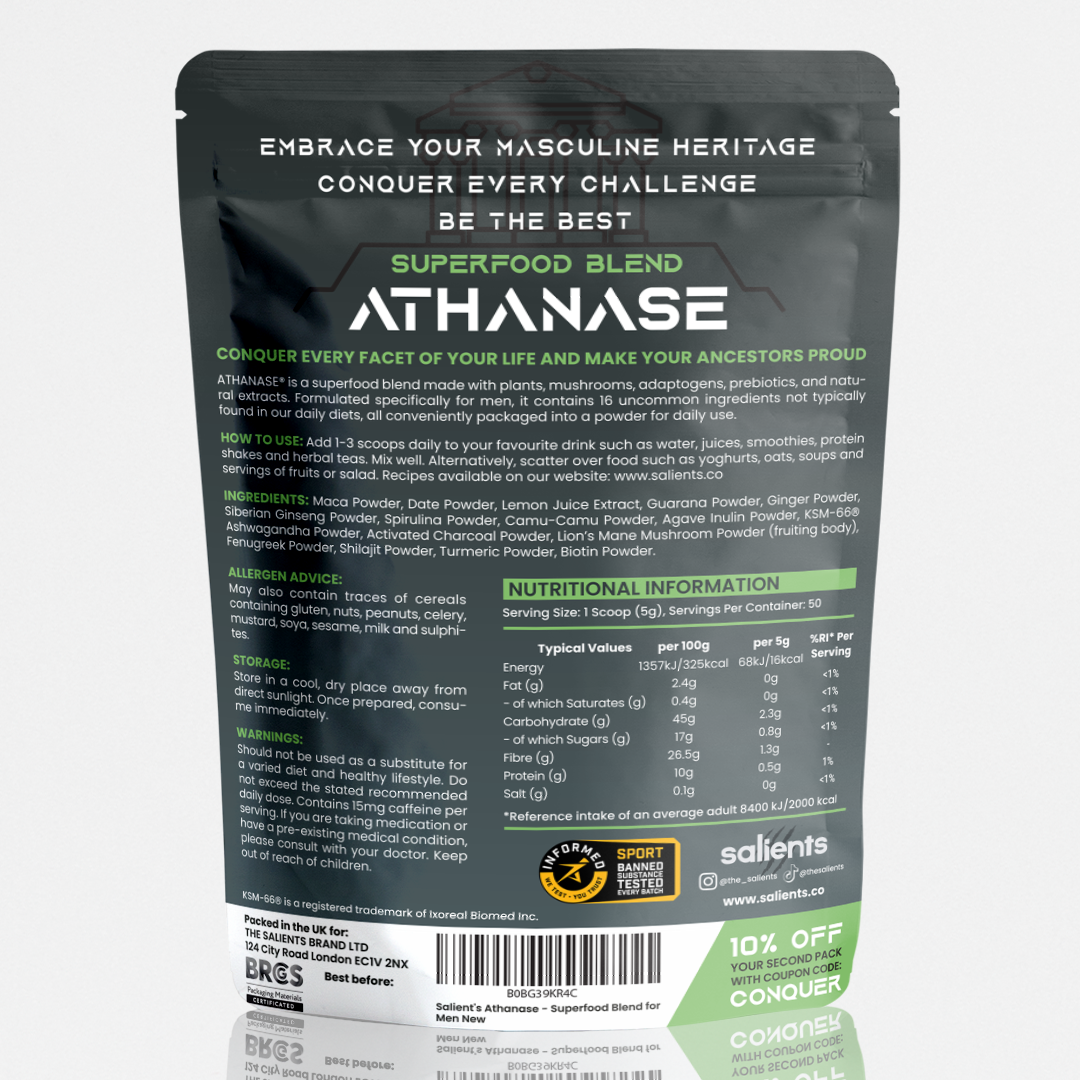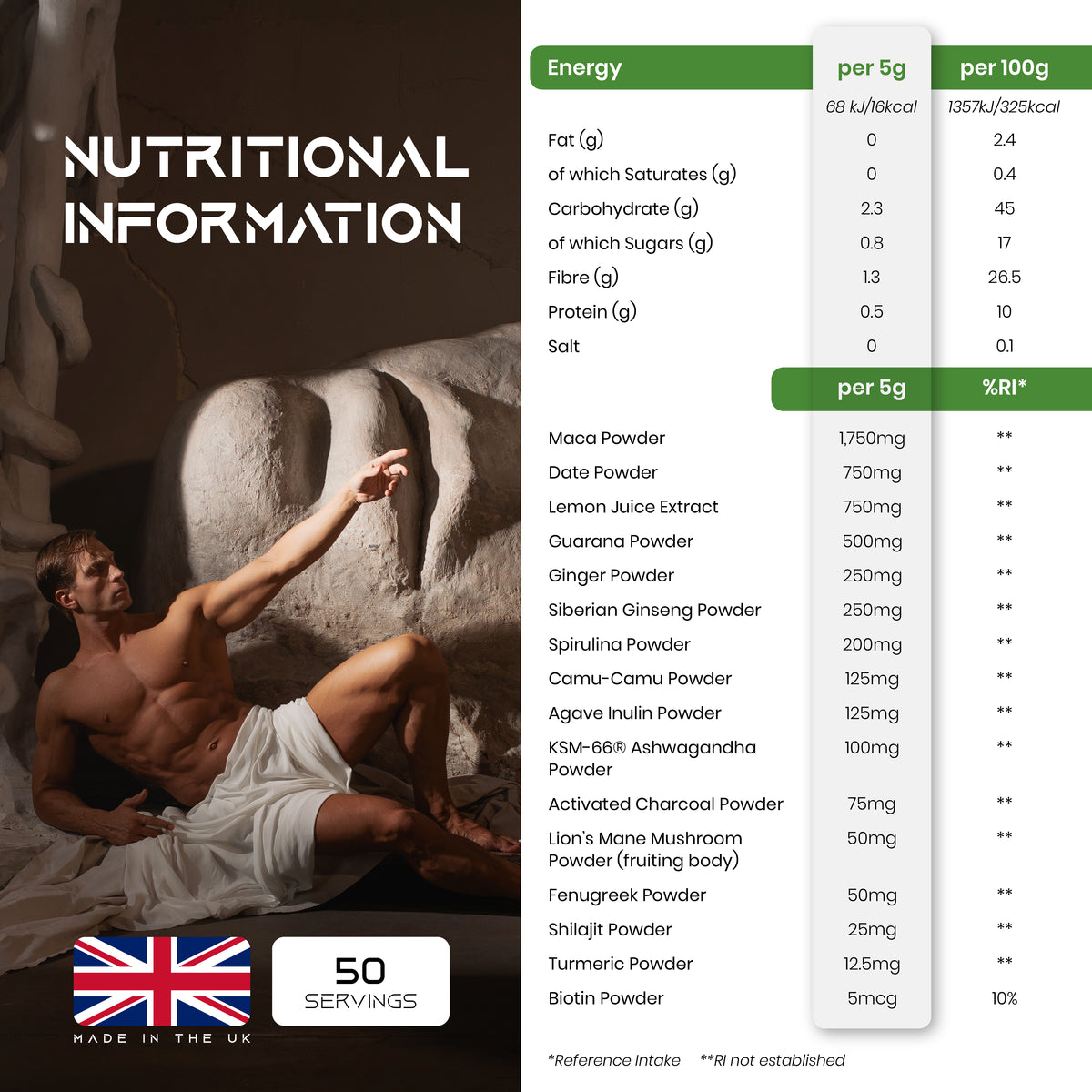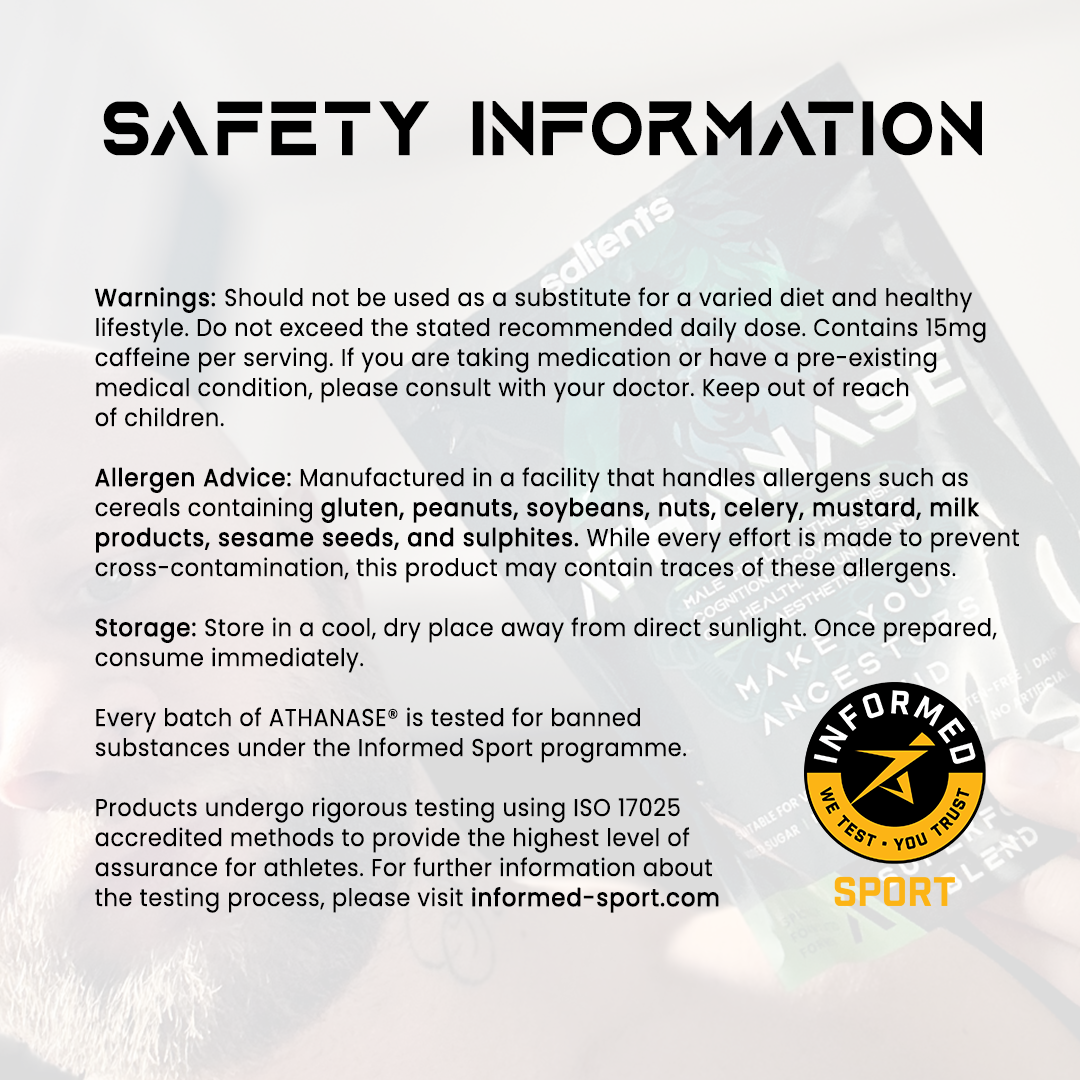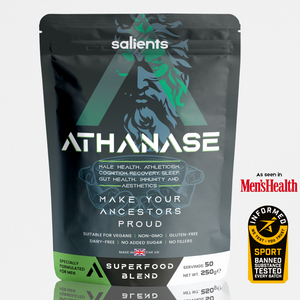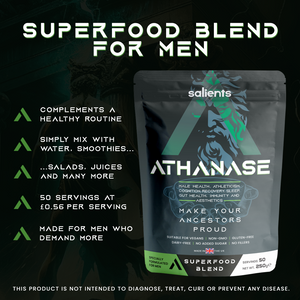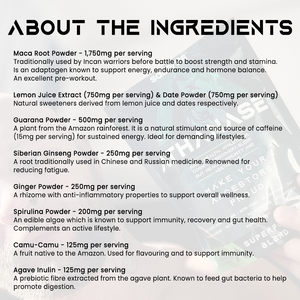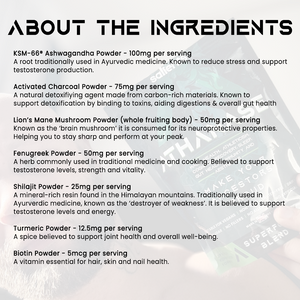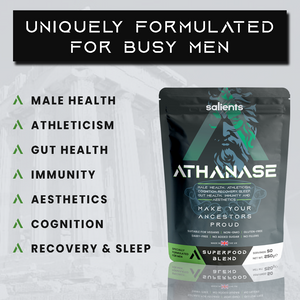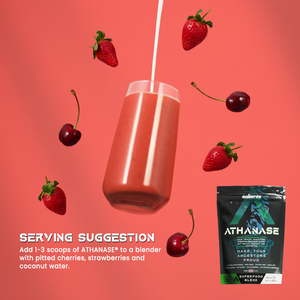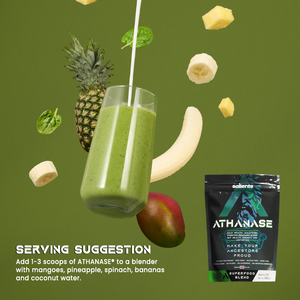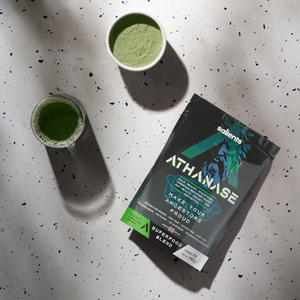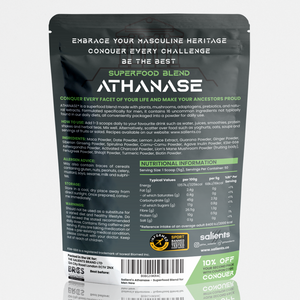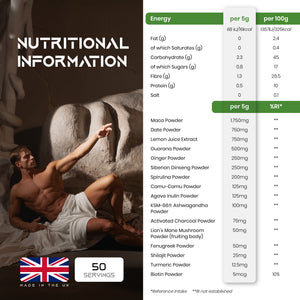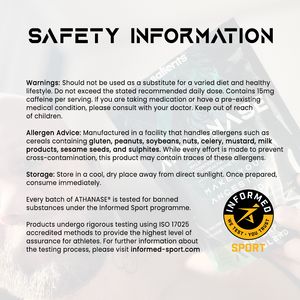Your Cart is Empty
MAKE YOUR ANCESTORS PROUD | FREE SHIPPING ON ALL UK AND US ORDERS
MAKE YOUR ANCESTORS PROUD | FREE SHIPPING ON ALL UK AND US ORDERS
The Link Between Exercise and Healthy Testosterone Levels
by The Salients July 30, 2023 4 min read

We already know testosterone, the primary male sex hormone, is pivotal to a man's health and well-being. It is instrumental in the development of male growth features, muscle and bone mass building, and mood and energy level regulation. It primarily gives us the drive to conquer, overcome obstacles and achieve great things. You can therefore argue humanity depends on healthy testosterone levels in men.
But in our modern times, we are surrounded by 'endocrine disruptors'. These are chemicals that interfere with our hormones to produce adverse developmental, reproductive, neurological, and immune effects in both humans and wildlife.There are many in existence but some include BPA found in plastic food and drink containers, phthalates & parabens in personal care goods, and herbicides & pesticides in non-organic produce. These disruptors have been associated with reduced testosterone levels because they bind to receptors, triggering a hormonal response or interfere with the production and transport of hormones.
Optimal testosterone levels are also essential for women, albeit in lower quantities. One crucial catalyst to healthy testosterone levels is regular physical exercise. A positive correlation between exercise and testosterone levels has been validated through various scientific studies.
The Exercise-Testosterone Interplay
Exercise impacts hormonal balance significantly, including testosterone levels. As we get older, our testosterone levels naturally start to decline. However, according to a study conducted by the Harvard T.H. Chan School of Public Health (2020), regular physical activity can help prevent the decline of testosterone levels associated with aging [1].
In addition, different types of exercises, such as resistance and high-intensity interval training (HIIT), have been identified to be especially effective in boosting testosterone levels [2].
But why does exercise support optimal Testosterone Levels?
There are several biological mechanisms through which exercise supports testosterone levels:
- Stimulation of the hypothalamic-pituitary-gonadal (HPG) axis: The HPG axis is instrumental in regulating testosterone levels. Physical exercise stimulates this axis, leading to an increased production of testosterone [3].
- Promotion of lean body mass: Exercise, particularly resistance and high-intensity interval training, helps increase muscle mass and reduce fat mass. More muscle mass equates to more stimulation for testosterone production [4] and also reduced conversion of testosterone to oestrogen.
- Stress reduction: Chronic stress negatively impacts testosterone levels due to the increased production of cortisol, a hormone that inhibits testosterone production. Exercise effectively mitigates stress levels, maintaining a healthy testosterone-cortisol balance [5].
- Improved sleep: Regular exercise promotes better sleep quality, essential for testosterone production, since the majority of daily testosterone release in men occurs during sleep [6].
- Increased Blood Flow: Exercise enhances heart function and promotes better circulation throughout the body, facilitating more efficient testosterone production [7].
- Insulin Sensitivity: Regular exercise improves insulin sensitivity, thereby creating an environment conducive to testosterone production [8].
- Growth Hormone and IGF-1 Responses: Exercise stimulates the production of growth hormone (GH) and insulin-like growth factor 1 (IGF-1), which work synergistically with testosterone to promote muscle growth [9].
- Antioxidant Effect: Exercise boosts the body's natural antioxidant defenses, reducing oxidative stress, thereby supporting testosterone production [10].
The relationship between regular physical exercise and healthy testosterone levels is undeniable. While further research continues to explore this relationship, existing evidence strongly supports the idea that a regular exercise routine can significantly improve hormonal balance and overall health. So get to work.
References
[1] Harvard T.H. Chan School of Public Health (2020). Preserving testosterone levels with age.
[2] Lovell D.I, Cuneo R., Wallace J., McLellan C. (2012). The hormonal response of older men to sub-maximum aerobic exercise: The effect of training and detraining. European Journal of Applied Physiology, 112(2): 695-703.
[3] Cumming, D. C., Quigley, M. E., & Yen, S. S. (1983). Acute suppression of circulating testosterone levels by cortisol in men. The Journal of Clinical Endocrinology & Metabolism, 57(3), 671-673.
[4] Sato, K., & Iemitsu, M. (2015). Exercise and sex steroid hormones in skeletal muscle. The Journal of Steroid Biochemistry and Molecular Biology, 145, 200-205.
[5] Lennartsson, A. K., Kushnir, M. M., Bergquist, J., & Jonsdottir, I. H. (2012). DHEA and DHEA-S response to acute psychosocial stress in healthy men and women. Biological Psychology, 90(2), 143-149.
[6] Andersen, M. L., & Tufik, S. (2008). The effects of testosterone on sleep and sleep-disordered breathing in men: its bidirectional interaction with erectile function. Sleep Medicine Reviews, 12(5), 365-379.
[7] Green, D. J., Smith, K. J., & Naylor, L. H. (2021). Cardiovascular and Metabolic Health Consequences of Endothelial Dysfunction: Impact of Exercise. Cold Spring Harbor perspectives in medicine, 11(5), a038471.
[8] Craig, B. W., Brown, R., & Everhart, J. (1989). Effects of progressive resistance training on growth hormone and testosterone levels in young and elderly subjects. Mechanisms of Ageing and Development, 49(2), 159-169.
[9] Tsai, C. L., Wang, C. H., Pan, C. Y., & Chen, F. C. (2015). The effects of long-term resistance exercise on the relationship between neurocognitive performance and GH, IGF-1, and homocysteine levels in the elderly. Frontiers in Behavioral Neuroscience, 9, 23.
[10] Pingitore, A., Lima, G. P., Mastorci, F., Quinones, A., Iervasi, G., & Vassalle, C. (2015). Exercise and oxidative stress: potential effects of antioxidant dietary strategies in sports. Nutrition, 31(7-8), 916-922.
The World's First Superfood Blend For Men
ATHANASE
2179 reviews
£28.00
MAKE YOUR ANCESTORS PROUD® with ATHANASE®. A blend of herbs specially formulated for men, to help conquer 7 areas:
| |
MALE HEALTH |
| |
ATHLETICISM |
| |
MOOD & COGNITION |
| |
RECOVERY & SLEEP |
| |
GUT HEALTH |
| |
IMMUNITY |
| |
AESTHETICS |
As seen in Men's Health Magazine and Certified by Informed Sport.
G
Glen Cromie Love it
Great stuff glad I started using it
M
Matthew Rogers Great product
This productbhas changed my life. Feel full of energy and helped my recovery after workouts. Do not hesitate the taste is worth it and isnt even that bad!!
B
Blayne Carter Great stuff
Have this everyday and feel great from it
L
Luke Nolan A change in energy
I have such an increase in energy now that i am taking at least one scoop a day.
A
Adam Stott More energy
Was put onto this by a friend who swears by it.
Have taken lots of supplements in the past but this is truly different. Have more energy and still feel fresh at work even in the afternoon when normally I would be waning. Definitely going to reorder. Thanks 🙏🏻
Select a purchase option to pre order this product
Countdown header
Countdown message
Countdown message
DAYS
:
HRS
:
MINS
:
SECS

